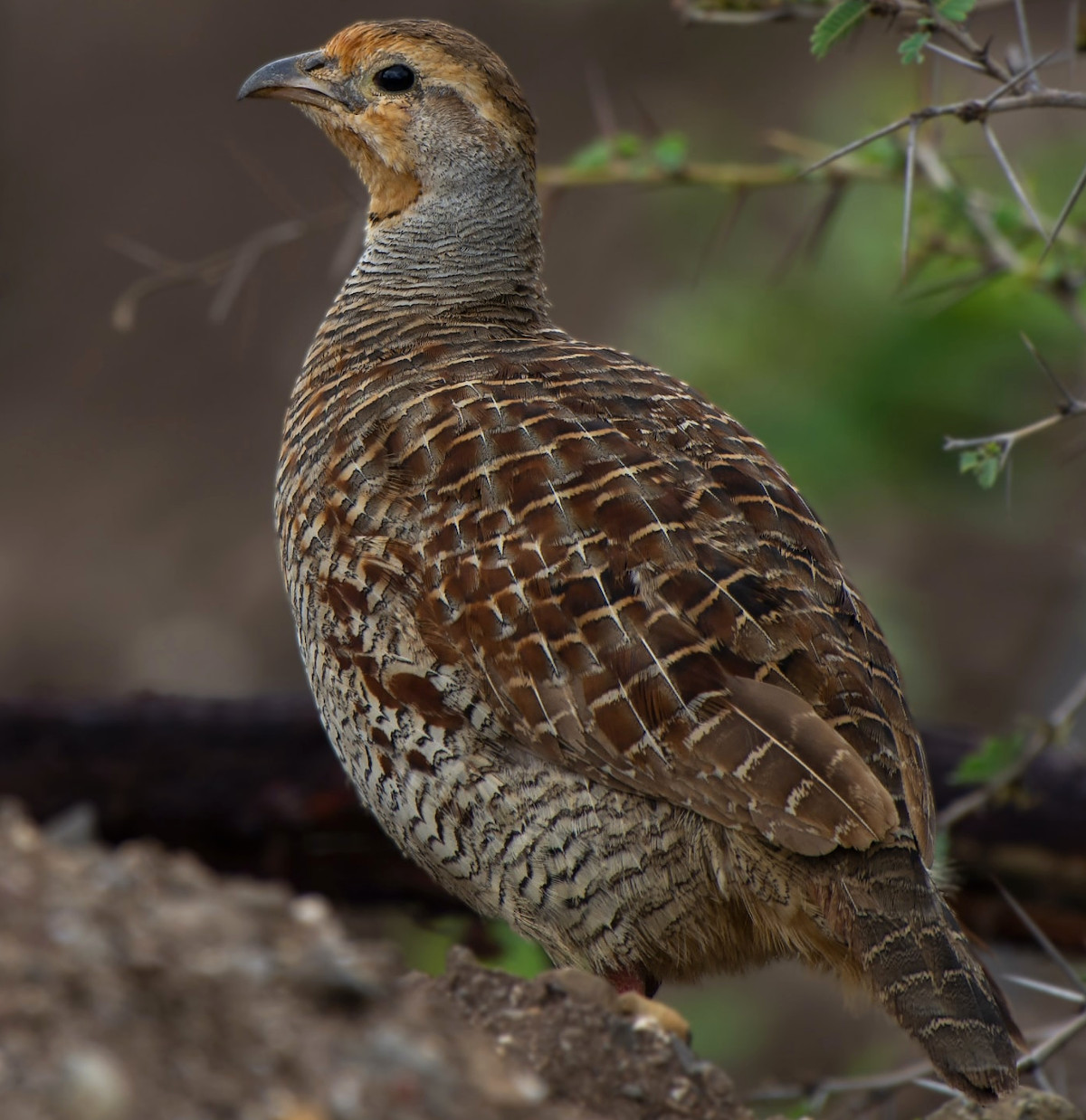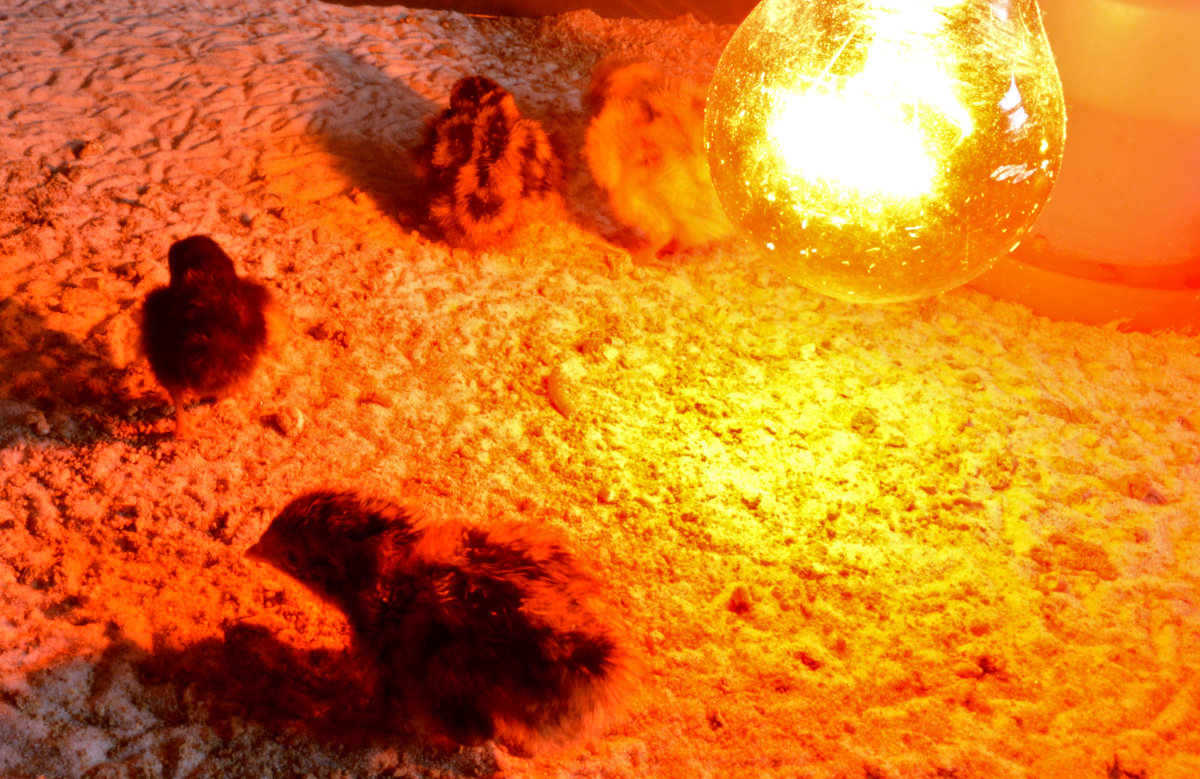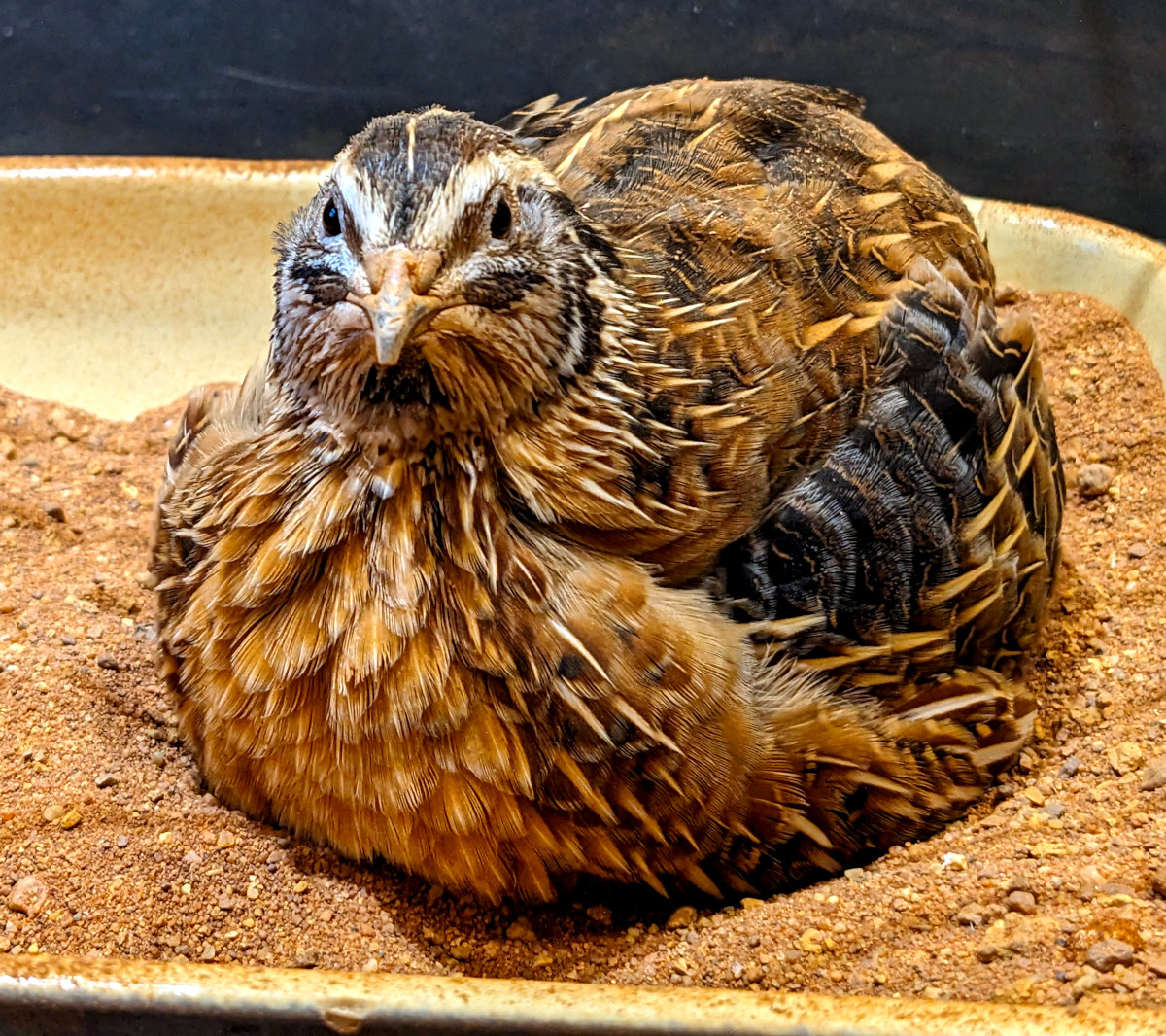Small breeds with big personalities: Quail breeds and their uses and characteristics.

Quails are small birds that are popular among hobbyists and farmers alike. They are easy to raise, produce delicious eggs, and are low maintenance.
I settled on the A&M hybrid in the end because of their productivity but I have kept and raised most other quail breeds over the years.
Below: I have recently been raising button quail to and hatching such tiny eggs can be hard work!

It's essential to understand the different quail breeds available, their unique characteristics, and how to care for them.
Why Breed Matters:
Different quail breeds are better suited to different purposes. Some lay eggs like little feathered machines, others are meat birds with excellent feed-to-weight conversion, and some are kept simply because they’re beautiful.
If you choose the right breed for your goals, you’ll be happier—and so will the quail.
All quail live for an average of five years under ideal conditions and productively lay eggs in good numbers for two to three years.
Apart from the jumbo variety which can weigh up to 10 ounces, most quails weigh between 4 and 7 ounces. Different quail breeds are raised for eggs, meat, hunting, or just as charming pets and few are dual purpose.
Here's a table of some common quail breeds and their characteristics:
| Quail Breed | Characteristics |
|---|---|
| Coturnix |
|
| Bobwhite |
|
| California |
|
| Gambel's |
|
| Button or Chinese painted Quail |
|
| Japanese |
|
| Texas A&M |
|
| Red Range |
|
These are just a few of the many quail breeds available, and their characteristics can vary depending on factors such as breeding, diet, and housing conditions.
Each quail breed has its unique characteristics, which include:
Appearance: The appearance of quail breeds can vary significantly. Japanese quails are small and plump, with a round body and short beak.
Below: Coturnix quails are slightly larger than Japanese quails and have a slender body with a curved beak and are probably the most commonly kept type.

Bobwhite quails have a stocky body and distinctive brown and white markings.
Behaviour: Quails are generally docile birds and are not aggressive towards humans. However, they can be skittish and easily frightened, so it's essential to handle them gently. Japanese and Coturnix quails are social birds and prefer to live in groups while Bobwhite quails are solitary birds and prefer to live alone.
Egg production: The egg production of quail breeds varies significantly. Japanese and Coturnix quails are known for their high egg production, with hens laying up to 300 eggs per year. Bobwhite quails, on the other hand, have lower egg production and are typically raised for meat.
Care requirements: Quails are low maintenance birds and require minimal care. They need a clean, dry living area, access to food and water, and protection from predators.
Japanese and Coturnix quails can be raised in a backyard or small coop, while Bobwhite quails require more space and are often raised in large aviaries.